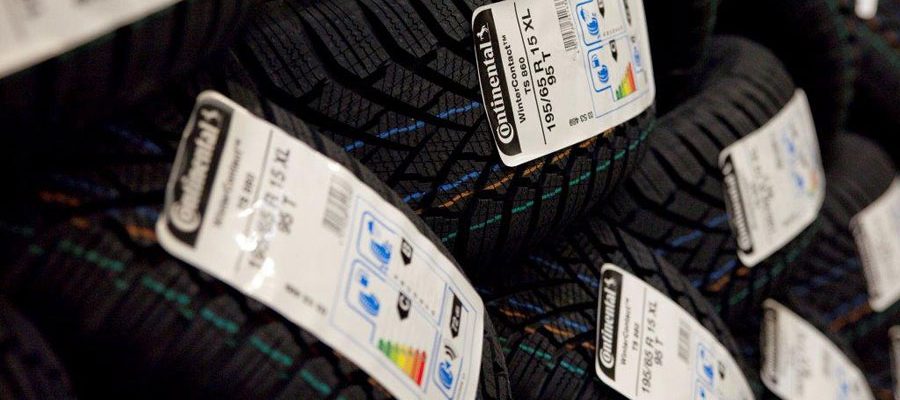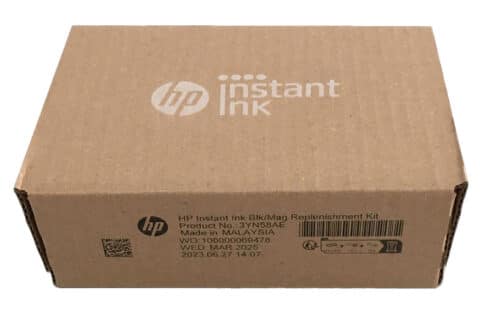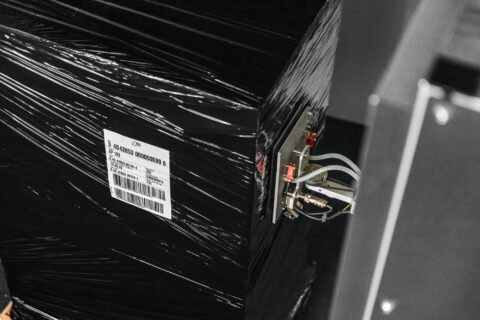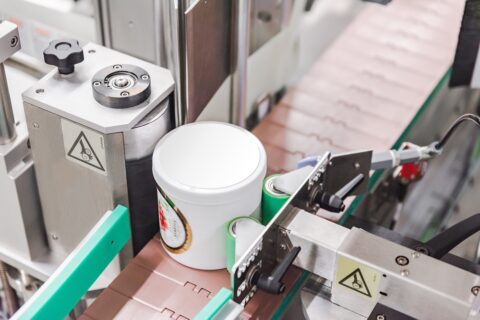Since 2012, every new tire must be marked with an EU tire label that indicates the tire’s wet grip, external noise level and impact on fuel consumption. It is similar to the EU energy label for household appliances. The goal is to guide consumers to tires that are safer, quieter and more energy efficient.
The EU has subsequently made a label update mandatory as of May 2021 to further increase consumer awareness. Tire manufacturers and suppliers have been busy with it and we have had a role in that with developing Weber labeling machines. Take a look at the solution we made for the automotive industry and used at Continental, but first a quick look at what has been mandated since May 2021.
Novelties introduced by the EU tire label update
1. Tire labels on all forms of purchase
The tire label is no longer only visible on products, but also on the supplier’s website, in brochures, in the manufacturer’s technical data, in price lists and on the invoice.
2. Tire labels are now applicable to heavy vehicles
The tire label was first only mandatory for light vehicles and now also for trucks.
3. Tire labels must now include snow and ice pictograms
Additional pictograms have been introduced for snow and ice conditions.
Our label printer and dispenser for tire labeling
Shortly after the first EU announcement, we developed together with Continental a fully automatic print-apply labeling system which complies with all EU regulations for tire labeling. A total solution consisting of machines and consumables and used in many Contintental plants.
 We provide Contintental with pre-printed tire labels where the label material and adhesive are matched to stick to a rounded rubber surface.
We provide Contintental with pre-printed tire labels where the label material and adhesive are matched to stick to a rounded rubber surface.
When goods are dispensed, our labeling system prints all variable data, such as scale letters, product names, item numbers and barcodes onto the label via thermal transfer printing.
The label is then accurately applied to the center of the tire’s tread. Labels are applied using the wipe-on method, in which the printed label is evenly detached from the liner/backing, then sucked in by vacuum and brought to the application site. This way, a tire can be individually labeled every two and a half seconds.
 Label heights and distances vary from tire to tire: a 135 tire, for example, requires a different label position than a high-performance sport tire with a width of 355 millimeters.
Label heights and distances vary from tire to tire: a 135 tire, for example, requires a different label position than a high-performance sport tire with a width of 355 millimeters.
The labeler’s applicator arm can extend up to 10 centimeters within milliseconds. The tape diameter determines how far the arm must reach before the label can be applied.
For this reason, the individual tire sizes were pre-programmed into the label system. A barcode label on each tire tells the labeling system which tire is coming, so that it will always have the label position, distance and print data correctly.
What does it give Continental?
The labeling system is an important part of the “automatic labeling and outbound control systems.” Because Continental processes millions of tires a year, they want to reduce errors in picking and shipping to zero.
Find the perfect labeling solution
We know that every production and logistics process faces different challenges. We use modular systems to create and guarantee the optimal labeling solution that meets all the specific requirements of the application. Feel free to contact us for free advice! We love a challenge and are happy to help!
Learn more about our labeling systems

















